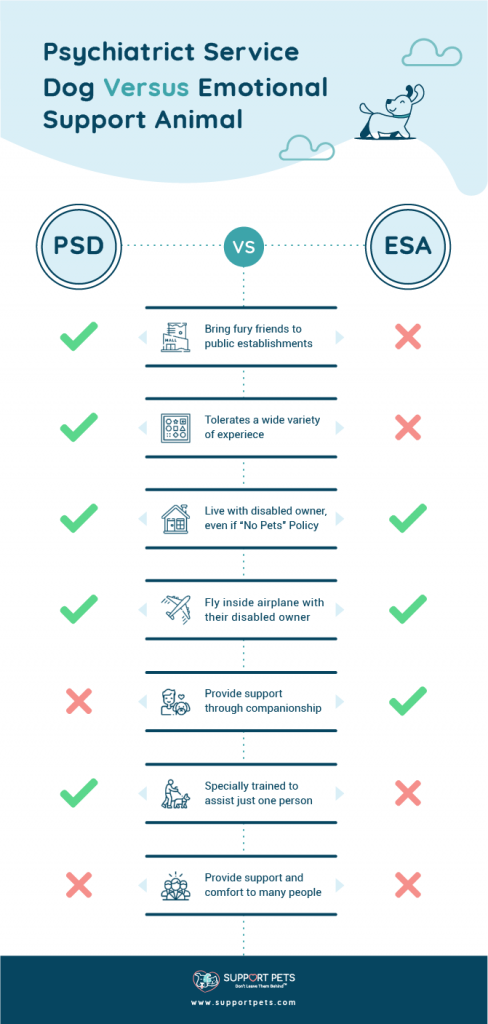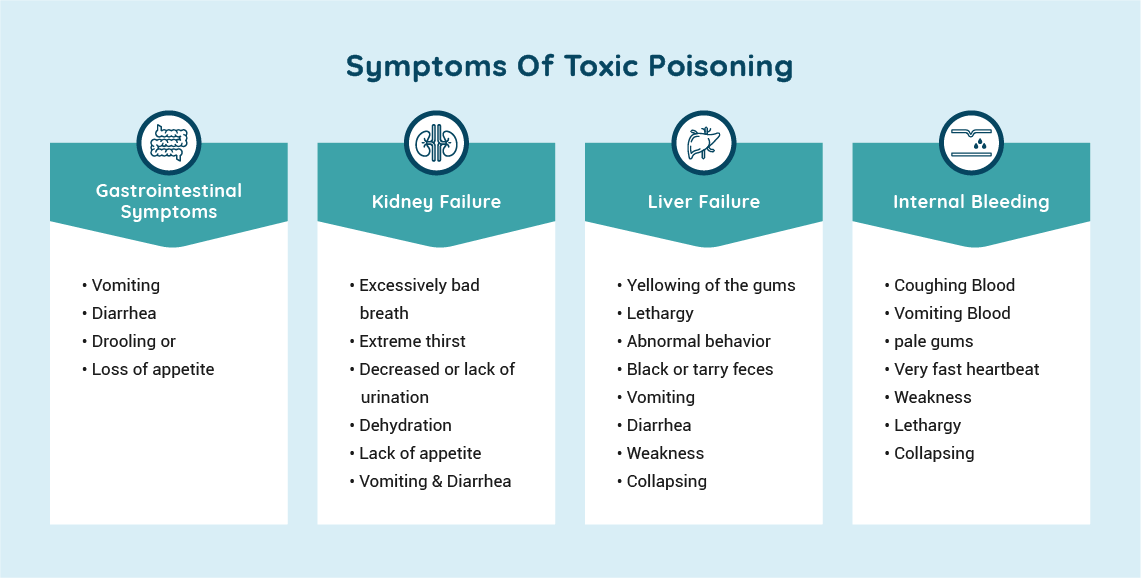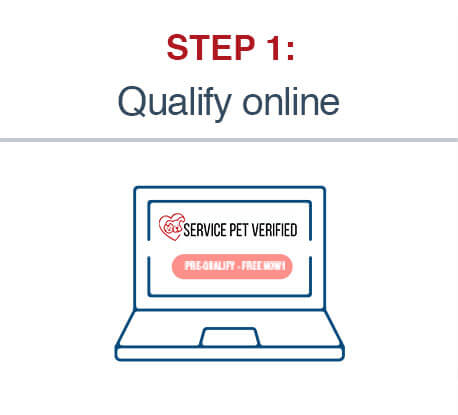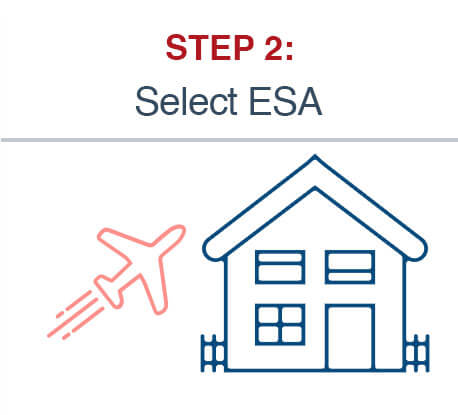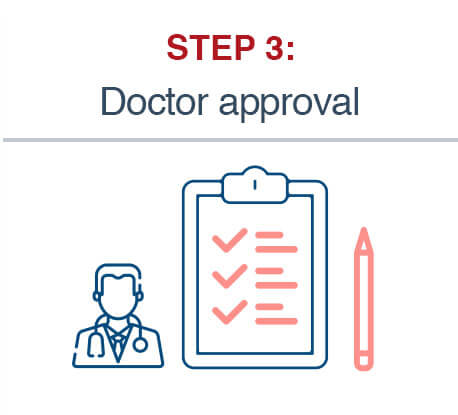Pets are so good for us! Just having a pet in your home can make you less stressed and bring both joy and unconditional love to your household. It can also help you relax and reduce stress!
In today’s world, stress is a big problem for most people. US employers lose billions of dollars each year due to stress and stress-related illnesses. Stress can cause people to have a lack of energy and focus, reduced creativity and more. For people suffering from stress, bringing a pet into their lives can make a huge difference.
Some studies have also shown that:
- People with pets have lower blood pressure when stressed than those who don’t and adopting a pet can even help reduce blood pressure.
- Playing with a pet raises levels of dopamine and serotonin, both of which are calming, relaxing chemicals.
- People who own pets have lower indicators of heart disease.
- People who’ve had heart attacks survive longer if they have a pet.
- Older pet owners visit the doctor 30% less.
- Pet parents are less likely to suffer from depression.

1. Take a walk!
Your dog needs exercise, and so do you. Having a dog, especially if you don’t have a yard, means taking them out regularly for walks. Dog owners are far more likely to get their daily steps in and be more fit than people without dogs. Physical exercise helps humans reduce stress and lower blood pressure as well.
Making sure your dog gets enough exercise helps keep them calm and relaxed when inside too. Burning off all that excess energy, especially in puppies and young dogs, is as good for your furniture and shoes as it is for the two of you! You might even make new connections with your neighbors as you stroll around the block.
2. Visit the dog park.
If you have a dog park nearby, it’s a wonderful way to let your pooch run with other dogs. Dog parks are fenced, so they’re safe, and most dog owners who bring their dogs make sure their pets are well-socialized and friendly before doing so. Hanging out and chatting with other pet parents while your dogs run and play in a secure environment is very relaxing. Bonus points if the dog park is a walkable distance away!
3. Set aside time for playing.
Whether you have a cat, dog or other pet, most love to play! Invest in some good toys that allow you to interact with your pet. Maybe your dog loves to play tug-of-war, or your kitty loves to try to catch a bird on a “fishing pole.” Laser pointers can be fun for both cats and dogs to chase. And of course, almost every dog loves to play catch and fetch.
Consider taking your pet to the “toy store” and see what they gravitate toward. All of these activities help your pet burn energy and allow your bonds with them to deepen, ultimately boosting all those lovely chemicals mentioned above. They also see you as a source of fun and good times, which also increases that bond.
4. Pet them.
The importance of petting your cat or dog regularly cannot be overstated. Humans need touch, and so do our pets. Just petting a cat or dog is shown to reduce heart rate and blood pressure as all those good hormones and chemicals flood our brains and bodies. A good snuggle session makes even bad days better and makes good days awesome!
If you like to watch TV and movies to relax, turn that into cuddle time with your cat or dog. If that turns into “Netflix and napping,” so much the better. Any time you’re sitting with your hands free can become time to pet your pet.
5. Wrestle with them.
Many dogs, especially bigger breeds, love to wrestle with their people. It offers connection and play time that they enjoy. Some dogs seem to like being “tickled” in the process. They almost laugh when their bellies are scratched in just the right spot.
6. Sing to them.
No one loves the sound of your voice more than your pets! Find some great music YOU love and let out your inner rock star. When we sing, we breathe more deeply, which instantly reduces stress and blood pressure.
7. Try dog yoga.
Pets are great for helping us relax and making us healthy. Taking an active role in making that happen can only boost the benefits that they bring to us, both physically and emotionally.






